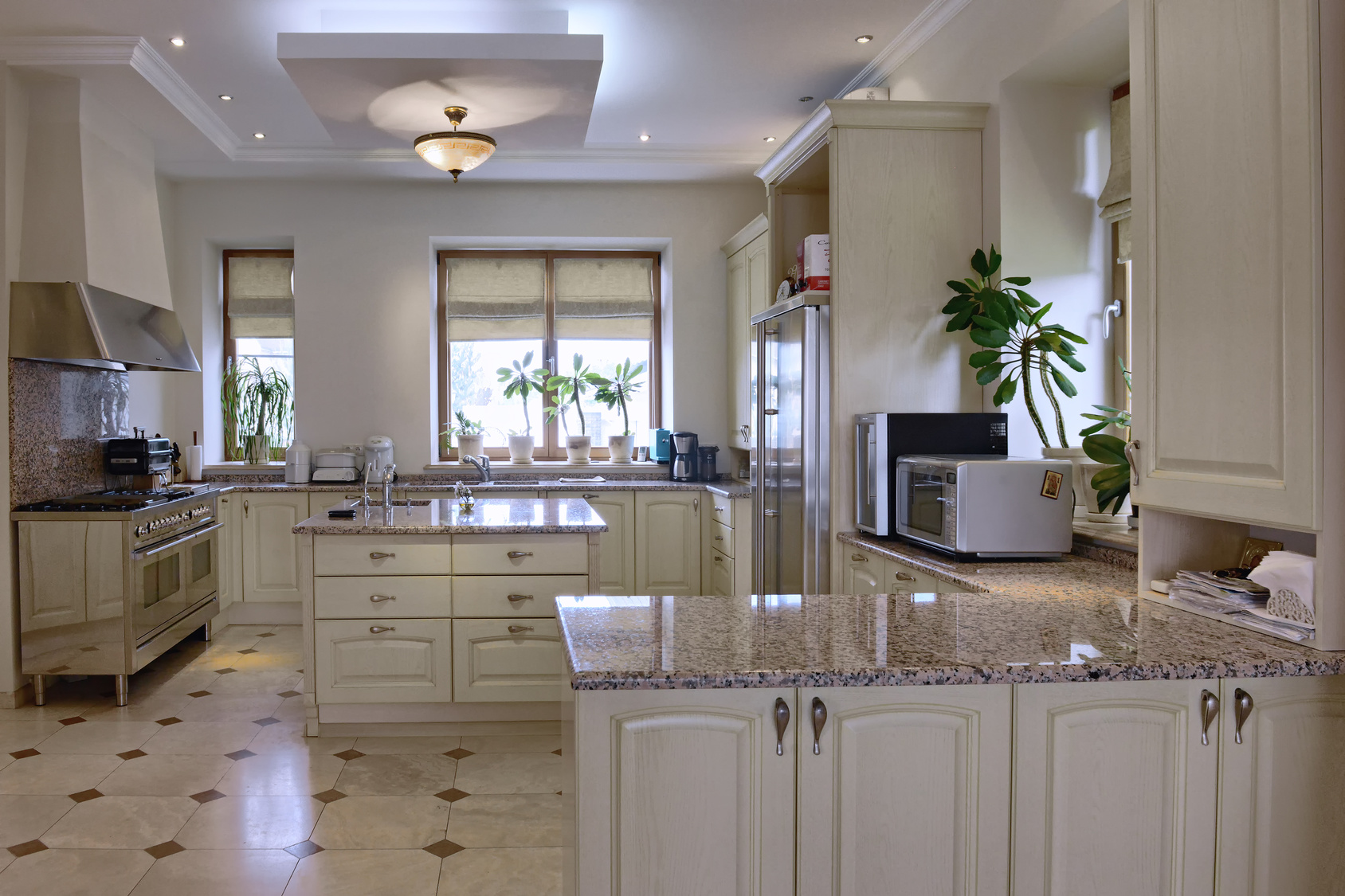3 Notable Trends in Home Automation Systems for 2020
Everything you need to know to get ahead of the curve as we enter the new year

Just like clockwork, a new year brings new innovations to the world of smart home automation. This year is no different, and there are several trends that we’re already seeing influence how these devices are used and where they’re used. But San Antonio homeowners don’t need to worry about keeping up with every new product announcement or new technology; that’s what you have us for. In today’s blog, we’ll take a closer look at three trends in home automation systems that may impact your current or future smart home technology.
SEE ALSO: 3 Helpful Automation Upgrades for Your Next Remodel
SMART HOME TECH SPREADS TO THE KITCHEN
We’ve seen home automation devices take over home theaters, bedrooms, and whole-home solutions like lighting control, but now there’s a new battlefield: Your kitchen. There are smart refrigerators that can create recipes for you based on what you have inside, sync with your calendar and let you leave digital notes for your children. There are also smaller appliances that are now incorporating smart technology, including Wi-Fi enabled Instant Pots, smart blenders and even smart toasters. If it’s electronic and you find it in the kitchen, chances are a smart version of it is coming soon.
BETTER AND NEW TYPES OF SENSORS
Light sensors and motion sensors are commonly used in smart home systems like lighting control and security systems, but there are new kinds of sensors hitting the market that can monitor for other dangers. There are already water sensors that can detect if a pipe has burst, and now companies are unveiling sensors that can monitor for termites. You can also place sensors on appliances like your furnace and HVAC system to monitor for hazardous gases or damaged components. All these devices can send you notifications, making sure your family stays safe and giving you time to act.
GETTING BEYOND AUTOMATION TO TRULY ‘SMART’ SYSTEMS
We know what the term “smart home” refers to, but sometimes it’s a bit of a misnomer. Many of these devices can be automated and programmed to increase convenience, but they may not really “learn” and modify themselves to perform even better. That’s changing with the increased machine learning capabilities of smart home devices. When you add in advancements in higher-resolution cameras, enhanced computer vision and language processing, newer devices can take in more information than ever. They can then apply that information in more complicated ways to enhance your lifestyle.
We’ve already seen this sort of thing with Nest and Honeywell thermostats that adjust themselves according to your daily routine, but more devices are on the way. In particular, facial recognition on home security cameras will become much more common this year.
These exciting technologies can be vital upgrades for your existing automation system or your first steps into smart home living. To find out more, call our team today at (877) 418-ASAP or check out our contact page.